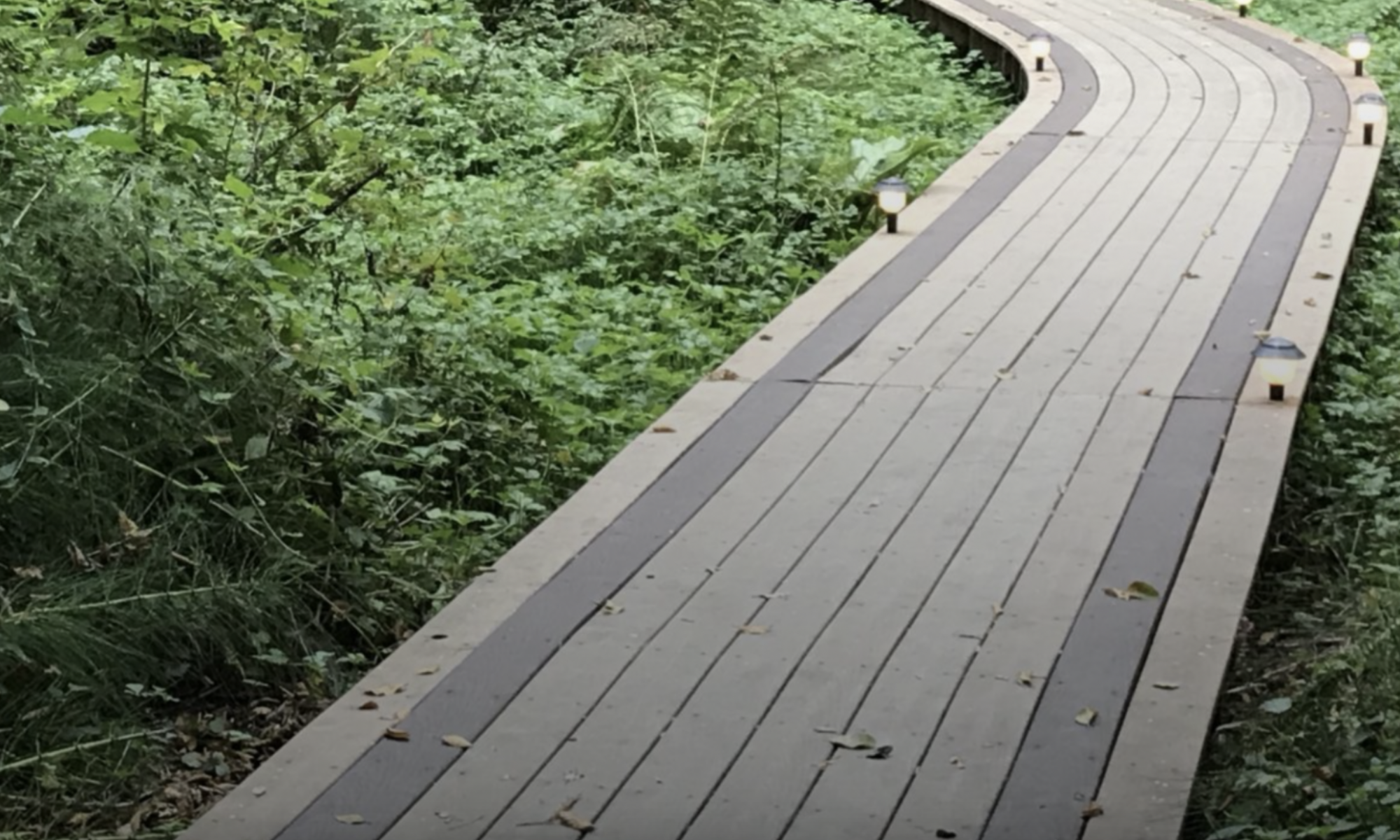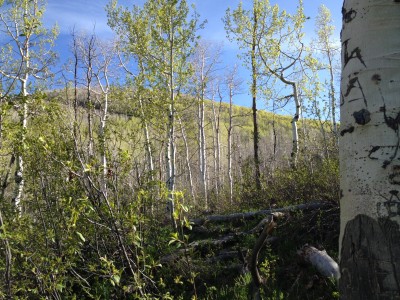When I position my work, most often, it is something to do with leadership. “Transforming the Way We Lead.” “Participative Leadership.” “The Inner and Outer of Evolutionary Leadership.” When not spoken explicitly, leadership is still implicitly embedded in the title. “The Art of Hosting.” “The Art of Humans Being.” “The Art of Meaningful Conversations.” “The Art of Capacity Building.” I love the variety.
The definition of leadership I most use goes back to my Berkana lineage. “A leader is anyone who wants to help.” That’s broader than a “C” level title. It’s more than the person that sits at the front of the room or the head of the table. It’s more than the person who controls the budget. And there are lots of people that want to help, right. Lots of us that want to do good. Lots of us that want to create better teams, meetings, products, processes, organizations, and communities.
Within all of that, the part of leadership that most interests me is the radical inner journey. There is a lot of “out there” stuff that we give attention to. Important, yes. Of course. And often, giving full attention and resources at the expense of the inner work. The radical inner journey is the one that requires presencing. The one that requires honesty with self. The one that requires (sometimes demands) humility and vulnerability. It is that part of leadership that acknowledges how common and prevalent it is to project from the inner state (consciously or not) an outer reality. In this way, leadership is very personal, sounding like therapy. It is. But I don’t think of myself as a therapist. It also sounds like spirituality, doesn’t it. It is, though I don’t think of myself as a spiritual director either.
I’m just keenly aware that this radical inner journey is directly connected to capacity to lead. And it feels silly to deny that. And I’m aware that because it sounds so much like therapy and spiritual direction, how often radical inner journey has been dismissed as a distraction from the “real” leadership that needs to happen. It isn’t. Nor is it with the group, the group daring to take a radical inner journey also. Being able to ask questions together, and sit in the silence that some questions require is massively important. To have the ability to let go of deeply entrained obsessions for speed and efficiency — that’s some important leadership, and the kind that I’m most interested in. Probably, because I continue to learn about it myself. Because it comes from an inner exploration.
Leaders get stuff done. True. And awesome, isn’t it. Leaders help teams get stuff done. That’s true to, and awesome. Leaders create message and narrative. Great. All true. I love being part of this. Without a clarity that comes from inner radical journey, that leadership might even still be very successful. I suppose that is good. It’s just clear to me, however, that my contribution to good leadership, and my commitment feels much more fulfilling in this realm of inner radical journey.
Wow, that felt good to say.




